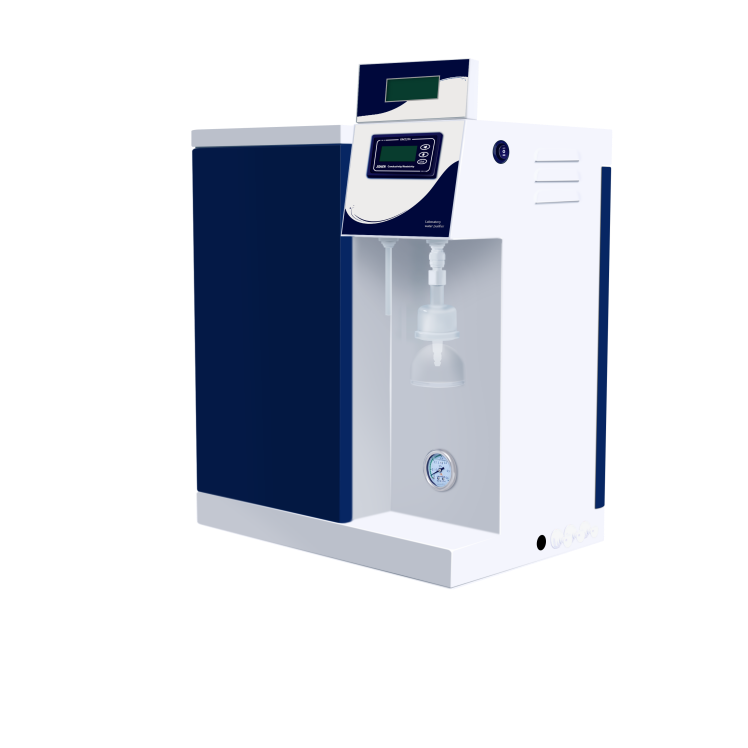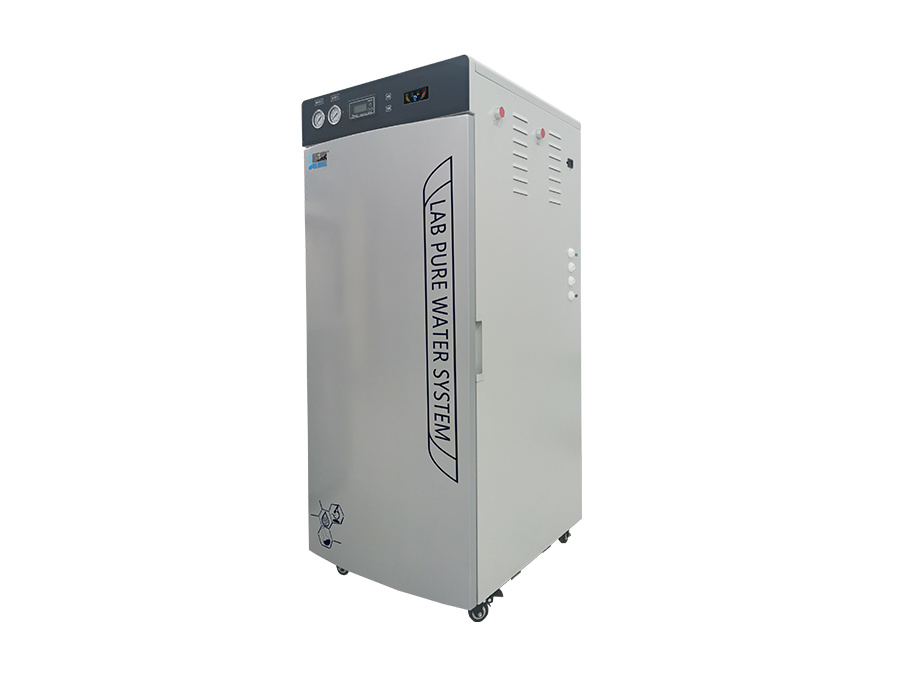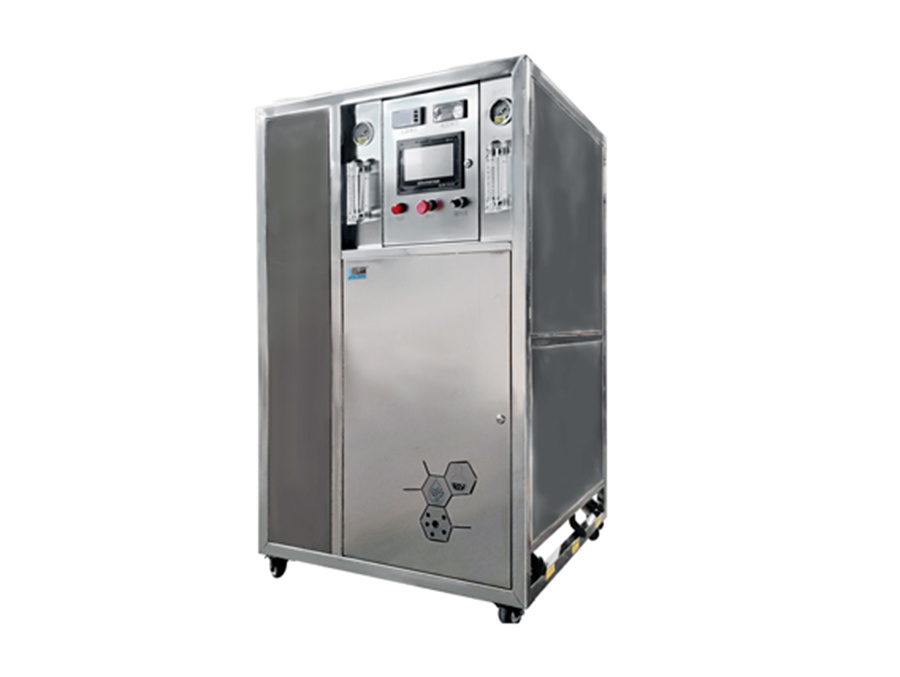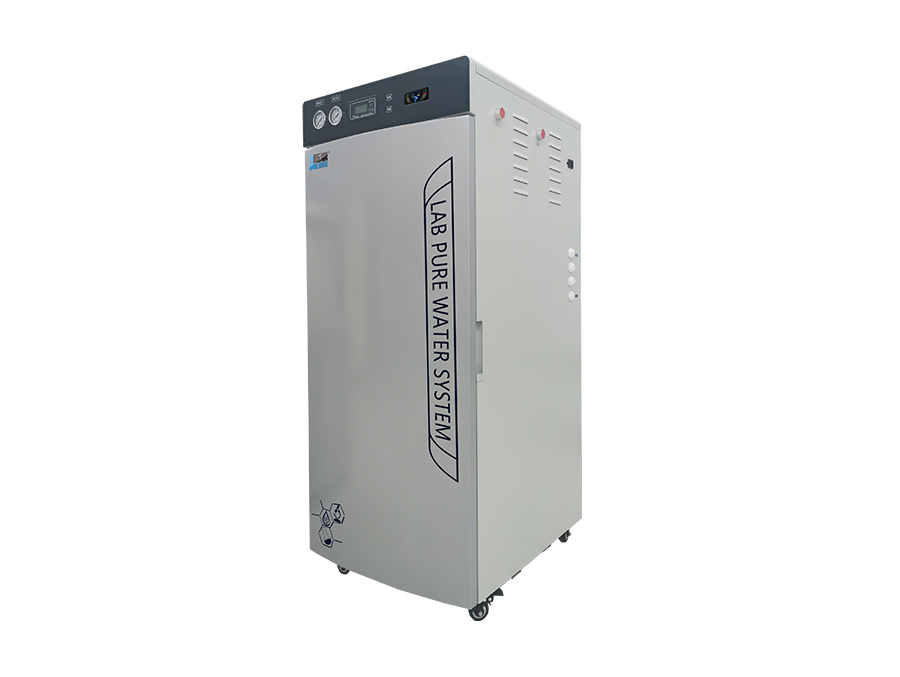Top Applications of Deionized Water in Industrial Settings You Need to Know
Time:
Jun 25,2025
Top Applications of Deionized Water in Industrial Settings You Need to Know
Table of Contents
- 1. Introduction to Deionized Water
- 2. What is Deionized Water?
- 3. Industrial Uses of Deionized Water
- 3.1 Pharmaceuticals
- 3.2 Electronics Manufacturing
- 3.3 Food Processing
- 3.4 Metal Finishing
- 3.5 Power Generation
- 4. Advantages of Using Deionized Water
- 5. The Deionization Process Explained
- 6. Common Misconceptions About Deionized Water
- 7. Frequently Asked Questions
- 8. Conclusion
1. Introduction to Deionized Water
Deionized water, often abbreviated as DI water, is a highly purified form of water widely used in various industrial applications. The process of deionization removes ions and impurities, making the water remarkably pure. This purity is essential in industries where even the slightest contamination can lead to significant operational issues or product quality concerns.
2. What is Deionized Water?
Deionized water is produced by removing nearly all of its mineral ions, such as sodium, calcium, iron, and sulfate. The deionization process typically involves ion exchange resins that attract and replace these ions with hydrogen and hydroxyl ions. As a result, the water becomes free from contaminants, making it suitable for critical applications.
3. Industrial Uses of Deionized Water
In this section, we will delve into the various applications of deionized water across different sectors, highlighting its significance and benefits.
3.1 Pharmaceuticals
The pharmaceutical industry is one of the largest consumers of deionized water. It is used extensively in the preparation of medications, where purity is crucial. Deionized water is employed in processes such as:
- **Formulation of Solutions**: DI water is essential for creating injectable solutions and oral medications, where contaminants could compromise patient safety.
- **Cleaning Equipment**: Pharmaceutical manufacturing requires stringent cleaning standards. Deionized water is used to rinse equipment and containers, ensuring no residue remains that could interact with drugs.
- **Laboratory Testing**: In pharmaceutical R&D, deionized water is essential for accurate chemical analyses and experiments.
3.2 Electronics Manufacturing
The electronics industry relies heavily on deionized water for several critical processes, including:
- **Chip Manufacturing**: Deionized water is vital in the semiconductor manufacturing process, where it is used to clean silicon wafers. Any impurities can lead to defects in the chips, affecting performance and reliability.
- **Cooling Systems**: In many electronic production facilities, deionized water serves as a cooling agent in various machinery, preventing mineral buildup and corrosion.
- **Cleaning Components**: Sensitive electronic components require a clean environment. Deionized water is used for rinsing and cleaning parts before assembly.
3.3 Food Processing
In the food and beverage sector, deionized water plays a crucial role in maintaining safety and quality. Its applications include:
- **Ingredient Preparation**: DI water is used to dissolve and mix ingredients without introducing harmful contaminants.
- **Cleaning and Sanitizing**: Equipment used in food processing must be free of impurities. Deionized water is an effective cleaning agent for machinery and surfaces.
- **Beverage Production**: In the production of beverages, especially bottled water, deionized water is used to ensure that the final product meets purity standards.
3.4 Metal Finishing
Deionized water is essential in metal finishing processes to achieve high-quality surfaces and prevent defects. Key applications include:
- **Electroplating**: The purity of deionized water prevents reactions that could create defects in the electroplating process, ensuring a smooth, corrosion-resistant finish.
- **Cooling and Rinsing**: In various metalworking processes, DI water is used for cooling and rinsing, preventing mineral deposits that can affect quality.
- **Cleaning Metal Parts**: Deionized water is utilized for cleaning metal parts before finishing processes, ensuring optimal adhesion for paints and coatings.
3.5 Power Generation
In the power generation sector, deionized water is crucial for:
- **Boiler Feed Water**: Deionized water is used to prevent scaling and corrosion in boilers, which can prolong equipment life and improve efficiency.
- **Cooling Systems**: In both fossil fuel and nuclear power plants, DI water is used in cooling systems to maintain optimal operating temperatures without the risk of mineral buildup.
- **Laboratory Analysis**: Power generation facilities often use deionized water for laboratory analyses to ensure accurate testing of water quality and equipment performance.
4. Advantages of Using Deionized Water
Utilizing deionized water in industrial settings offers numerous benefits, including:
- **Enhanced Purity**: Its lack of minerals and contaminants makes it ideal for sensitive applications.
- **Improved Product Quality**: Using DI water leads to higher-quality products, especially in pharmaceuticals and electronics.
- **Reduced Scaling and Corrosion**: In systems like boilers and cooling towers, deionized water helps prevent mineral scaling and corrosion, extending equipment lifespan.
- **Cost-Effective Solutions**: Despite the initial investment in deionization systems, the long-term savings on maintenance and product quality often outweigh the costs.
5. The Deionization Process Explained
The process of deionization involves several steps to ensure the removal of ions from water. Key stages include:
1. **Pre-treatment**: Initial filtration to remove larger particles and contaminants.
2. **Ion Exchange**: Water passes through ion exchange resins, which swap out undesirable ions for hydrogen and hydroxyl ions.
3. **Polishing**: Additional steps may be taken to remove remaining impurities, ensuring the water's high purity level.
4. **Storage**: Finally, the deionized water is stored in clean, non-reactive tanks to prevent recontamination.
6. Common Misconceptions About Deionized Water
Several misunderstandings about deionized water persist in various industries:
- **DI Water is Distilled Water**: While both are pure, they are produced through different processes, with DI water focusing on ion removal.
- **DI Water is Safe for All Uses**: Although it is highly purified, DI water can be corrosive to metals and should not be used in all applications without proper consideration.
- **Deionization is a One-Time Process**: The deionization process requires ongoing maintenance and monitoring to ensure water quality remains high.
7. Frequently Asked Questions
1. Is deionized water safe to drink?
While deionized water is free from contaminants, it lacks essential minerals and can taste flat. It is not recommended as a primary drinking source.
2. How can I test the purity of deionized water?
You can use a conductivity meter or a TDS (total dissolved solids) meter to measure the purity of deionized water.
3. How often should deionization systems be maintained?
Maintenance schedules vary by use, but regular checks and recharging of ion exchange resins are necessary to ensure optimal performance.
4. Can I use deionized water in aquariums?
Deionized water can be used in aquariums but should be remineralized before adding fish to ensure a healthy environment.
5. What industries benefit the most from deionized water?
Industries such as pharmaceuticals, electronics, food processing, and power generation greatly benefit from the use of deionized water.
8. Conclusion
Deionized water is a critical component in various industrial applications, providing unmatched purity and superior performance. As industries continue to prioritize quality and efficiency, the demand for deionized water will only grow. Understanding its applications and benefits allows businesses to leverage this essential resource, ensuring that operations run smoothly and products meet the highest standards. By investing in deionization systems and processes, companies can enhance their productivity and maintain a competitive edge in their respective markets.
RELATED NEWS








